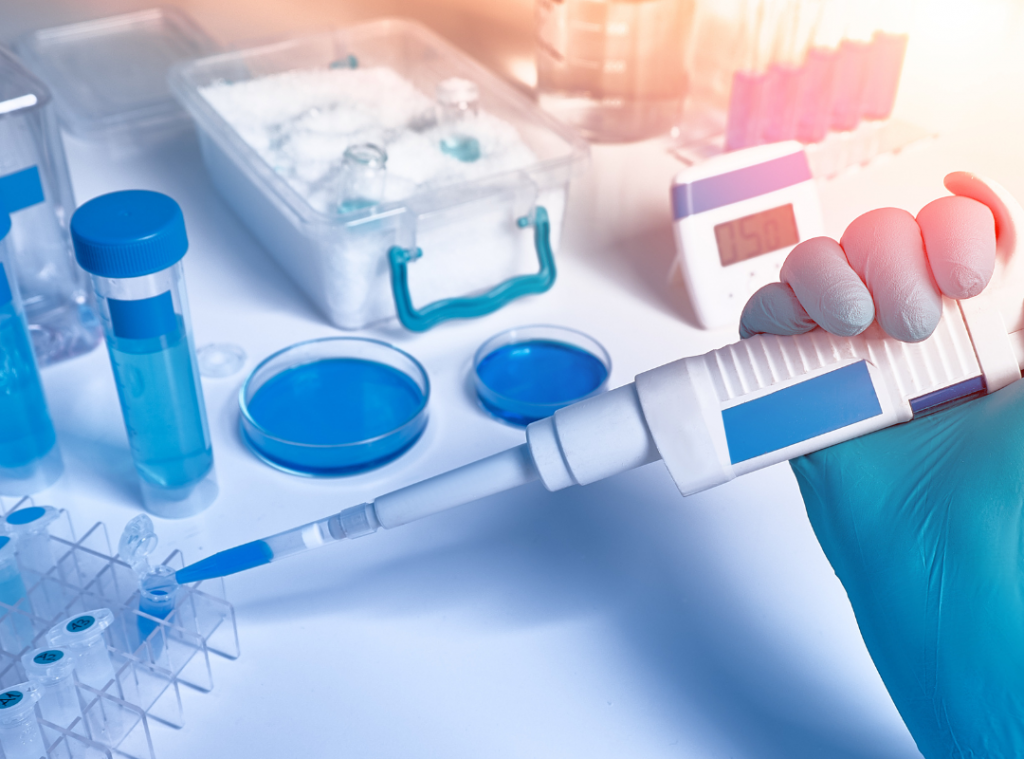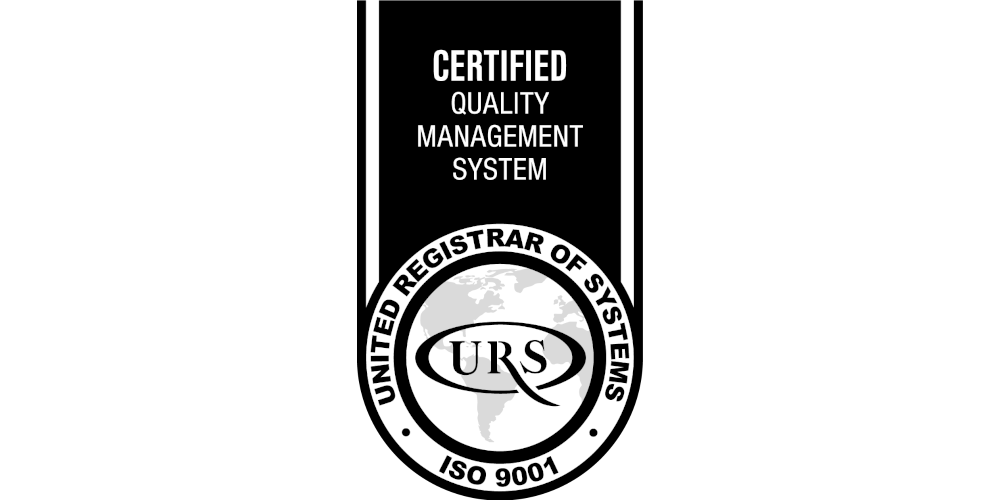Welcome to this comprehensive introduction to Pharma Safety in Clinical Trials. If you’re new to the world of clinical research, this blog post will provide a clear understanding of the crucial role that Pharma Safety plays in the testing and development of new treatments and medicines.
Pharma Safety is a complex and vital element of clinical trials, ensuring the well-being of participants while providing reliable and accurate data on the safety and efficacy of new drugs.
Understanding Clinical Trials
A clinical trial is a research study conducted to assess the safety and effectiveness of new medical treatments or interventions, including drugs, medical devices, or surgical procedures. The ultimate goal is to get these interventions approved for public use.
Clinical trials are generally divided into four phases. Phase I involves a small group of healthy volunteers to evaluate safety and dosage. Phase II involves a larger group to assess efficacy and side effects. Phase III trials are conducted on large groups to confirm effectiveness, monitor side effects, and compare it with similar treatments. Lastly, Phase IV trials occur after the drug is marketed, monitoring long-term effects in large populations.
Clinical trials play a pivotal role in drug development as they ensure that only safe and effective treatments make their way to patients.

Defining Pharma Safety
Pharma Safety, also known as pharmacovigilance, refers to the science and activities associated with the detection, assessment, understanding, and prevention of adverse effects or any other drug-related issues. It’s a critical component of clinical trials as it ensures that patient safety is not compromised during the process.
The Role of Pharma Safety in Clinical Trials
In the context of a clinical trial, Pharma Safety plays an essential role in shaping the design and execution of the trial. It’s responsible for identifying potential risks associated with a new drug and devising strategies to mitigate those risks.
Adverse events (AEs) are any unfavorable or unintended signs, symptoms, or diseases that occur during a clinical trial, whether or not they are related to the drug being studied. Serious adverse events (SAEs), on the other hand, are incidents that result in death, are life-threatening, require hospitalization, or cause significant disability. Pharma Safety is crucial in preventing, managing, and monitoring such events.
Key Elements of Pharma Safety in Clinical Trials
Pharma Safety involves several key elements:
- Safety assessments: Involves regular check-ups and monitoring of trial participants to detect any adverse events.
- Reporting and managing adverse events: All AEs and SAEs must be promptly reported and effectively managed to ensure participant safety.
- Regular monitoring: Continuous oversight of the trial ensures that safety protocols are followed and potential risks are identified and addressed.
- Safety updates: Regular updates about the safety status of the drug under study are essential for keeping all stakeholders informed.

Regulatory Bodies and Pharma Safety
Regulatory bodies like the Food and Drug Administration (FDA) in the USA and the European Medicines Agency (EMA) in Europe play a critical role in ensuring Pharma Safety. They lay down strict guidelines for conducting clinical trials, which include reporting safety issues promptly. Regulatory bodies also monitor trials closely for compliance with safety guidelines.
The Ethics of Pharma Safety
Pharma Safety is not just about regulations; it also involves ethical considerations. Every clinical trial must strike a balance between potential benefits and risks. While it’s crucial to develop new treatments quickly, especially in times of health crises, it must not be at the expense of the safety of trial participants.
Conclusion
Understanding Pharma Safety in clinical trials is crucial for anyone involved in clinical research. It’s a complex but vital aspect of drug development that ensures the well-being of patients while providing valuable data on new treatments. We encourage you to delve further into this fascinating area of study that holds so much potential for impact within the medical field.
References and Further Reading
To learn more about Pharma Safety in clinical trials, consider exploring resources such as the FDA’s Guidelines on adverse event reporting, or the book “Pharmacovigilance: Critique and Ways Forward” by David Hutchinson, a leading authority on the subject. You may also find valuable information in peer-reviewed articles in journals like the British Journal of Clinical Pharmacology. Happy learning!






